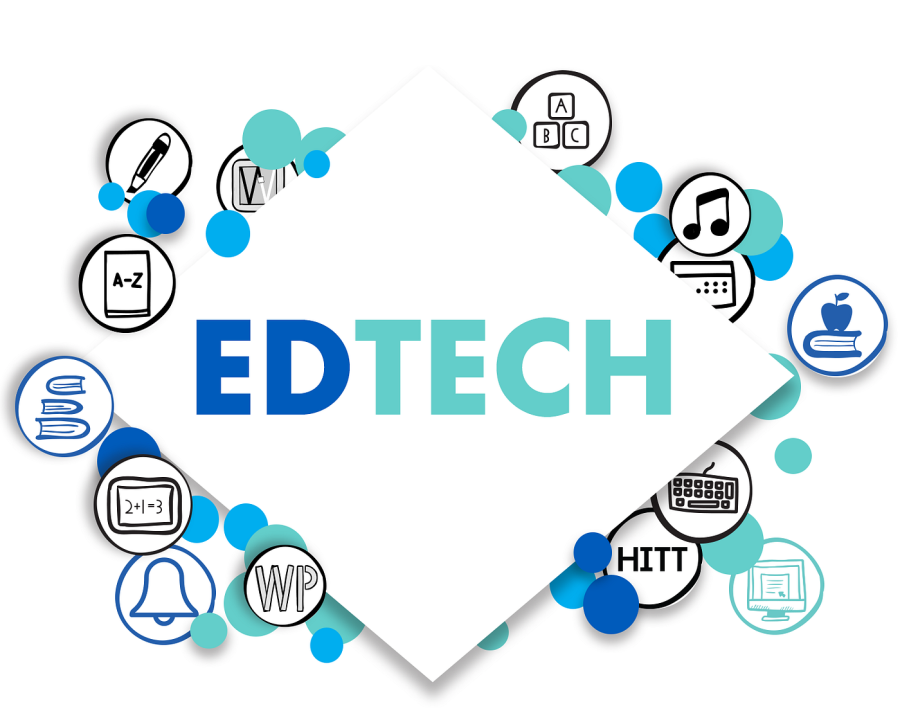Tracing the Diverse and Growing Streams of Global Edtech Revenue

The revenue generated within the Edtech market is a direct measure of its successful commercialization and the value that learners and institutions place on its diverse offerings. The powerful financial outlook for the industry, with forecasts indicating that Edtech revenue streams will contribute to a market expected to be worth USD 705.75 billion by 2034, highlights its transformation into a major economic sector. This growth, sustained by a 15.50% CAGR, is fueled by a variety of sophisticated and evolving revenue models that cater to different customer segments, from individual consumers to entire school districts. The continuous expansion of revenue reflects a maturing market where digital learning is no longer a niche alternative but a mainstream and highly monetizable component of the global education and training landscape, attracting substantial and sustained investment.
The primary revenue models in the Edtech market have become increasingly diverse, moving far beyond the simple one-time sale of software or content. The subscription-based Software-as-a-Service (SaaS) model is now dominant, particularly in the institutional and corporate markets, providing companies with predictable, recurring revenue. In the direct-to-consumer space, the freemium model is highly popular, where a basic version of a product is offered for free to attract a large user base, with revenue generated by upselling premium features. Other significant revenue streams include content licensing agreements with schools and universities, revenue-sharing partnerships with academic institutions for online degree programs, and direct sales of digital courses and tutoring services to individual learners and their families.
The largest revenue-generating activities within the Edtech market are concentrated in a few key areas. The online program management (OPM) market, where Edtech companies partner with universities to create and market online degree programs, is a multi-billion-dollar segment that generates substantial revenue through tuition sharing. The corporate e-learning market is another powerhouse, with businesses spending heavily on platforms and content for employee training, compliance, and professional development. In the consumer space, the online tutoring and test preparation market generates significant revenue, as does the rapidly growing market for language learning applications. These high-value segments are the primary engines of the industry's overall financial performance and are key areas of focus for investors and entrepreneurs.
Looking to the future, new and innovative revenue streams are poised to emerge that will further fuel the market's growth. The rise of skill-based micro-credentials and nanodegrees is creating a new market for alternative certification programs that are more flexible and affordable than traditional degrees. There is also a growing opportunity for the ethical monetization of learning data, where anonymized, aggregate data can be used to provide valuable insights to educators, policymakers, and employers about learning trends and skills gaps. As the industry continues to innovate, the diversification of its revenue streams will be key to its long-term financial health and its ability to serve an ever-expanding range of learning needs.
Explore Our Latest Trending Reports:
- Art
- Causes
- Crafts
- Dance
- Drinks
- Film
- Fitness
- Food
- Jogos
- Gardening
- Health
- Início
- Literature
- Music
- Networking
- Outro
- Party
- Religion
- Shopping
- Sports
- Theater
- Wellness



